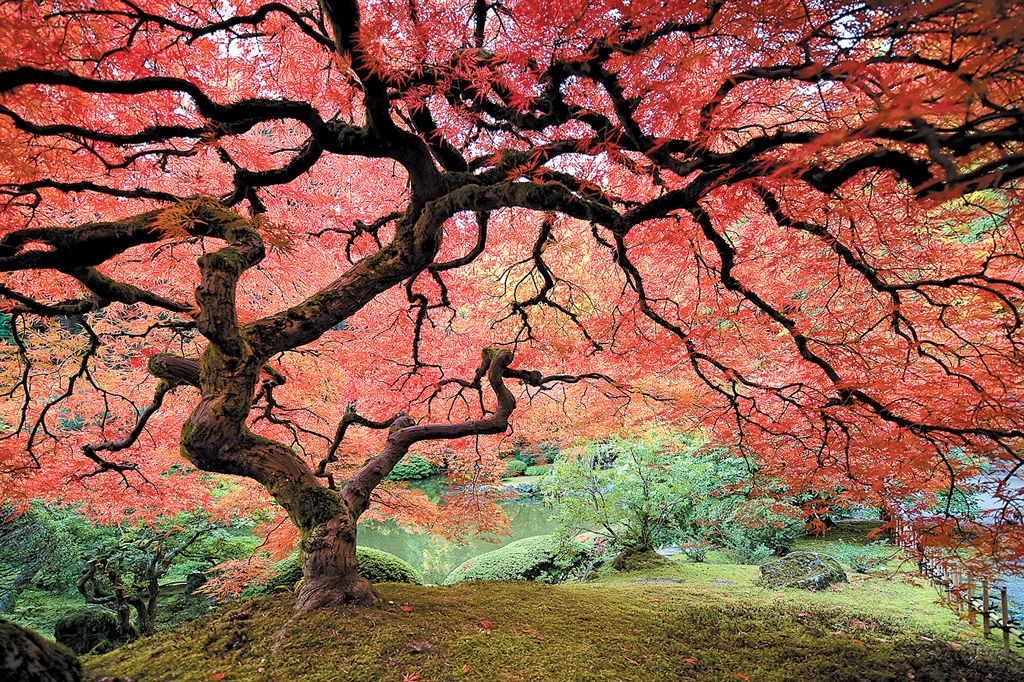Table of Contents
In the enchanting world of trees and their vocabulary, some stories mix botany, culture, and geography. One of the best examples of this is the Japanese Maple, also known scientifically as Acer Palmatum. The name ‘Acer’ unravels a plethora of stories. However, it is important to know what ‘Acer’ actually means in the context of this Japanese gem.
Is it a simple botanical classification, or does it have a deeper meaning in the context of history and culture? Join us in this journey of understanding as we traverse through European fields, traditional Japanese gardens, and the story behind the botanical nomenclature and find out when to prune acer. The Japanese Maple is not just a visual marvel but also a bridge between worlds and cultures.
Delving Deep: The ‘Acer’ Roots
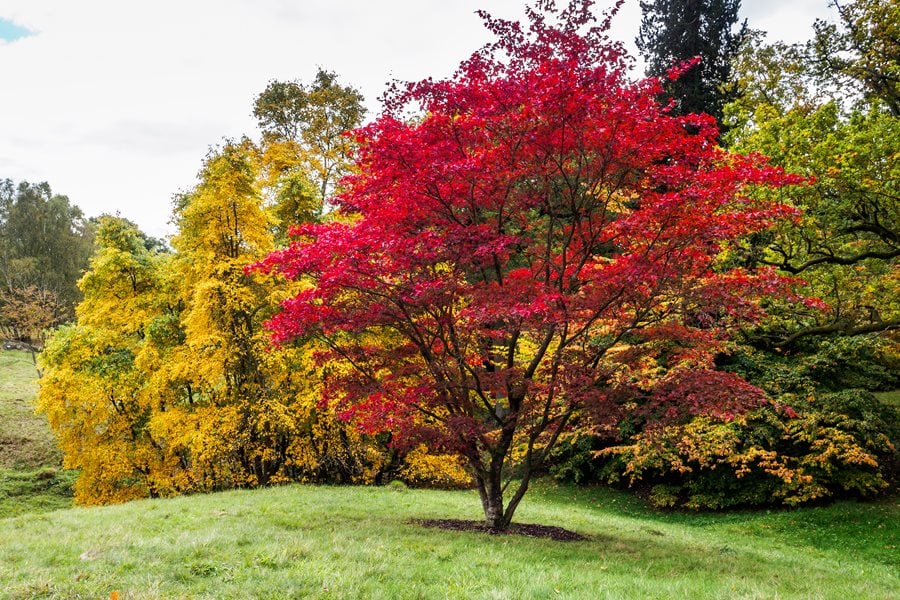
Interestingly, the name ‘Acer’ traces its roots back to Latin, roughly translating to ‘Sharp.’ At first, using this term with the delicate beauty of Japanese Maple may look strange. However, the connection becomes easier to understand as we consider ancient European practices. Maples are renowned for the strength of their wood; they were once used to craft spear tips. Over time, this term evolved to represent the entire ‘Acer’ genus, including various species, including the beautiful Japanese Maple. What started as a simple descriptor in ancient Europe became an essential part of Japanese horticulture and culture.
Representing the Culture: Japanese Maple
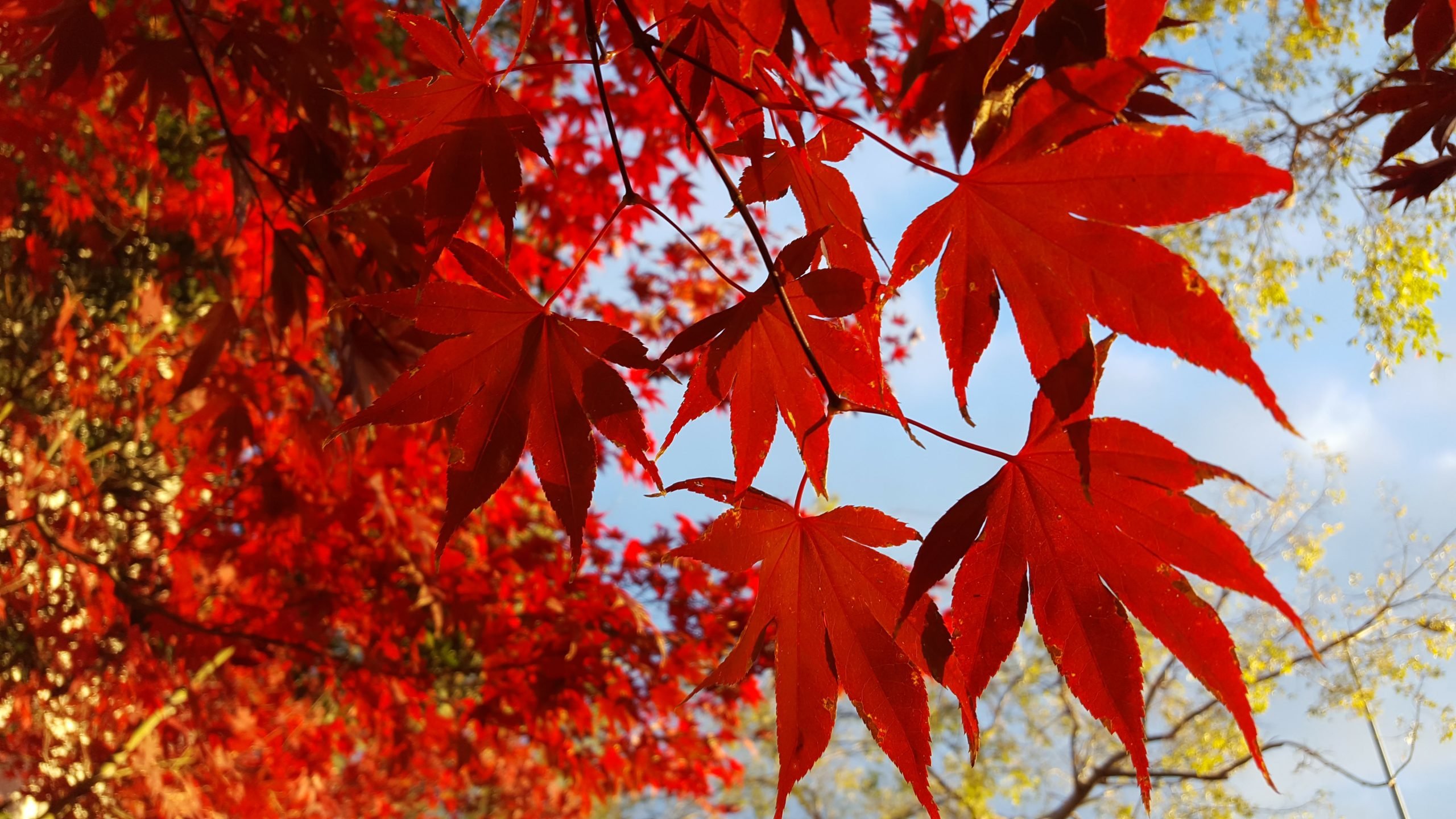
In the vast culture and heritage of Japan, the Maple holds an important place. It is more than just a tree; it is a symbol. Known for centuries, the brilliant autumn hues are used as a metaphor for the beauty of life. Traditional Japanese gardens often showcase the trees, where their amazing fall foliage stands as a reminder of the impermanence of time. In art, literature, and festivals, the maple leaves are often displayed and drawn under themes of change, elegance, and endurance. This deep-rooted association between culture and Japanese Maple showcases Japan’s extended connection with nature, where a single tree combines emotions, philosophies, and seasons.
Acer Palmatum: Nature’s Masterpiece
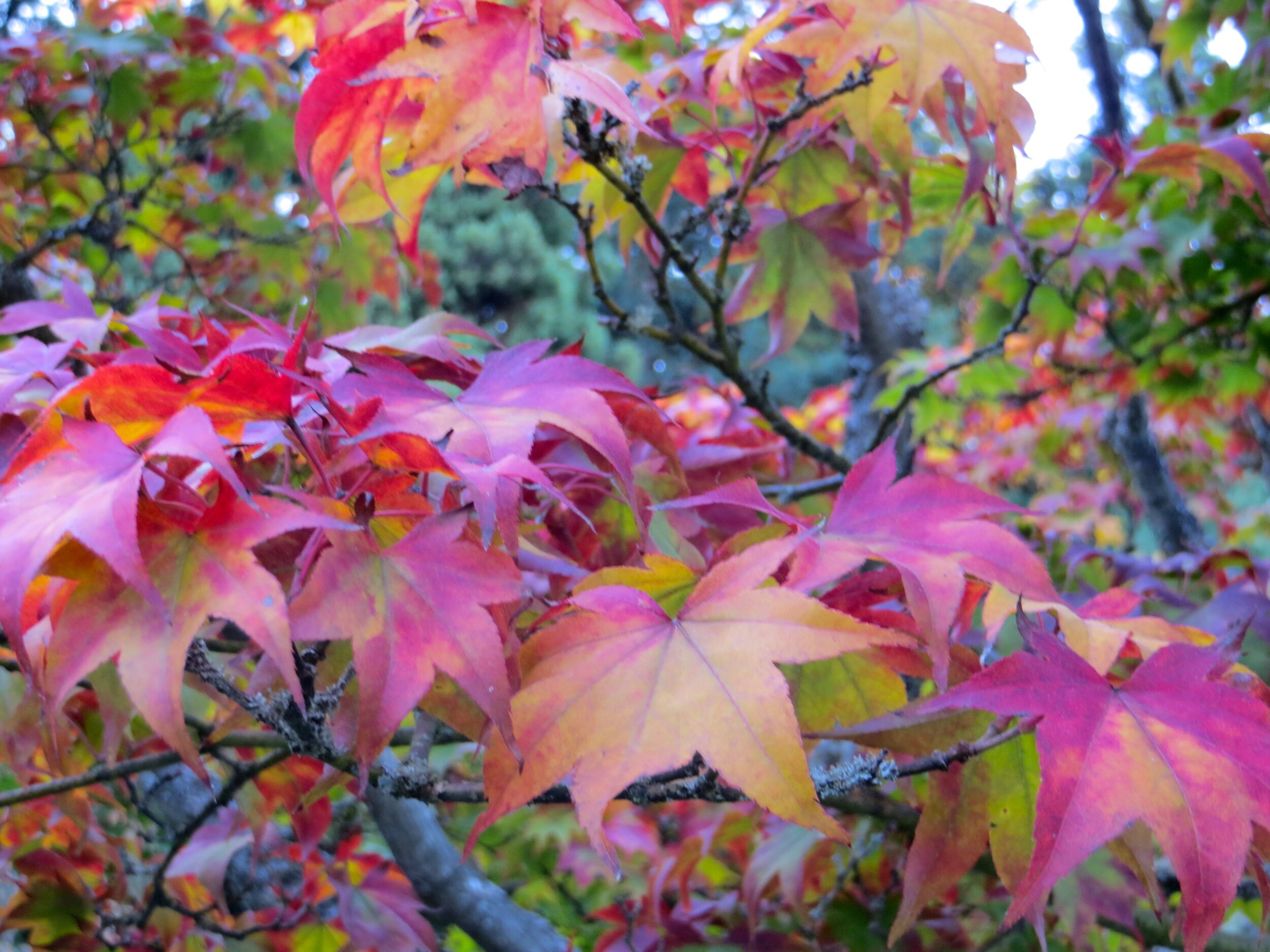
The Acer palmatu, also known as the Japanese Maple, is nature’s perfect answer to the beauty of all things trees. Its beauty exceeds seasons. In spring, delicate leaves unfold in brilliant hues, varying from leafy greens to deep purples. As seasons shift, so does the color palette. During breathtaking autumn, the colors change from green/purple to a fiery display of reds, yellows, and oranges. Beyond the colors, the branches grow in a sculpture-like pattern, and the lace-like leaves create a charming atmosphere. Each variety, from dwarf shrubs to majestic trees, has its mystique. Gardeners and nature enthusiasts love the trees, not only because of their aesthetics but for the peaceful aura it has. The Acer palmatum is more than just a tree; it is an emotion that combines the peace and art of nature.
Science Behind Acer: Deep Understanding
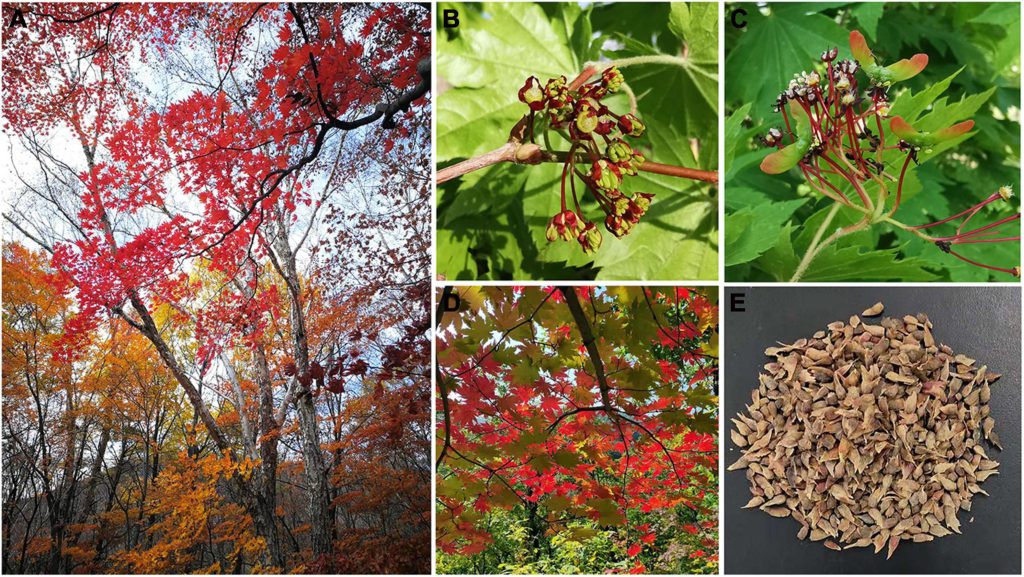
Beyond the enchanting beauty of the Japanese Maple lies a world of scientific amazement. The term ‘Acer’ relates to a specific botanical genus, serving as a branch for multiple species, each having its unique characteristics. While Acer palmatum exudes brilliance with its beautiful leaves and unique hues, other members of the Acer genus are visible across continents, displaying diverse traits. The scientific classification helps the researchers and horticulturists preserve and understand the beauty of these trees in depth. Through science, the details and marvels of the Japanese Maple’s enchantment are celebrated and conserved.
Caring for the Japanese Maple
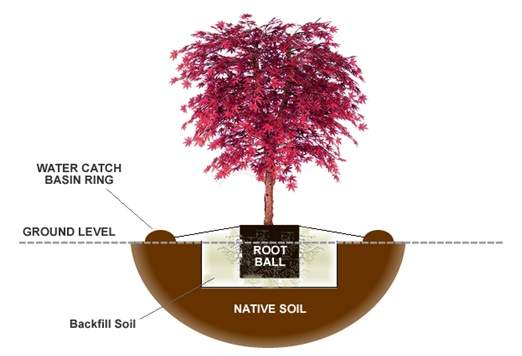
The Japanese Maple, while being the beauty it is, demands extensive care to bring out its beauty truly. Critical to its well-being is understanding when and how to prune. Pruning not only improves its health but accentuates its unique form, ensuring vibrant colors. The ideal time to prune is during late summer or early autumn, when the sap’s flow reduces, thus minimizing sap bleeding that attracts pests. In addition to pruning, the tree grows well in well-draining soil and preferably blotchy sunlight, shielding it from the mid-day sun. Regular watering during dry spells and periodic mulching help maintain soil moisture. By providing extreme care, the Japanese Maple remains a radiant centerpiece in your garden.
Acer: A Universal Appeal

The term ‘Acer’ is a testament to the mix of language and culture. Originating from Latin roots, it was used to describe sharp European Maple wood. Yet, the reach extended to include the delicate Japanese Maple, becoming synonymous with beauty and tradition in Japanese horticulture. This explains how a single term can bridge different worlds. European history and Japanese culture and art. The power of botany transcends geographical boundaries, creating connections that bring us close through a shared appreciation of nature’s wonders.
Conclusion
The exploration of the Japanese Maple, symbolized by ‘Acer’, unfolds like a beautiful story – mixing history, culture, science, and nature’s art. From Latin origins to its position in Japanese gardens, the journey explains how deep-rooted connections span across continents. Yet, mixed with this narrative, is the practical way to care for the tree. A tree so prominent in history and beauty demands extensive care and understanding.
The question of when to prune Acer is not just about maintenance but about respect for its legacy, too. Proper pruning ensures that the tree lives on. The ‘Acer’ story shows us the beauty and the knowledge required to take care of it, bringing people who love and value it together.

